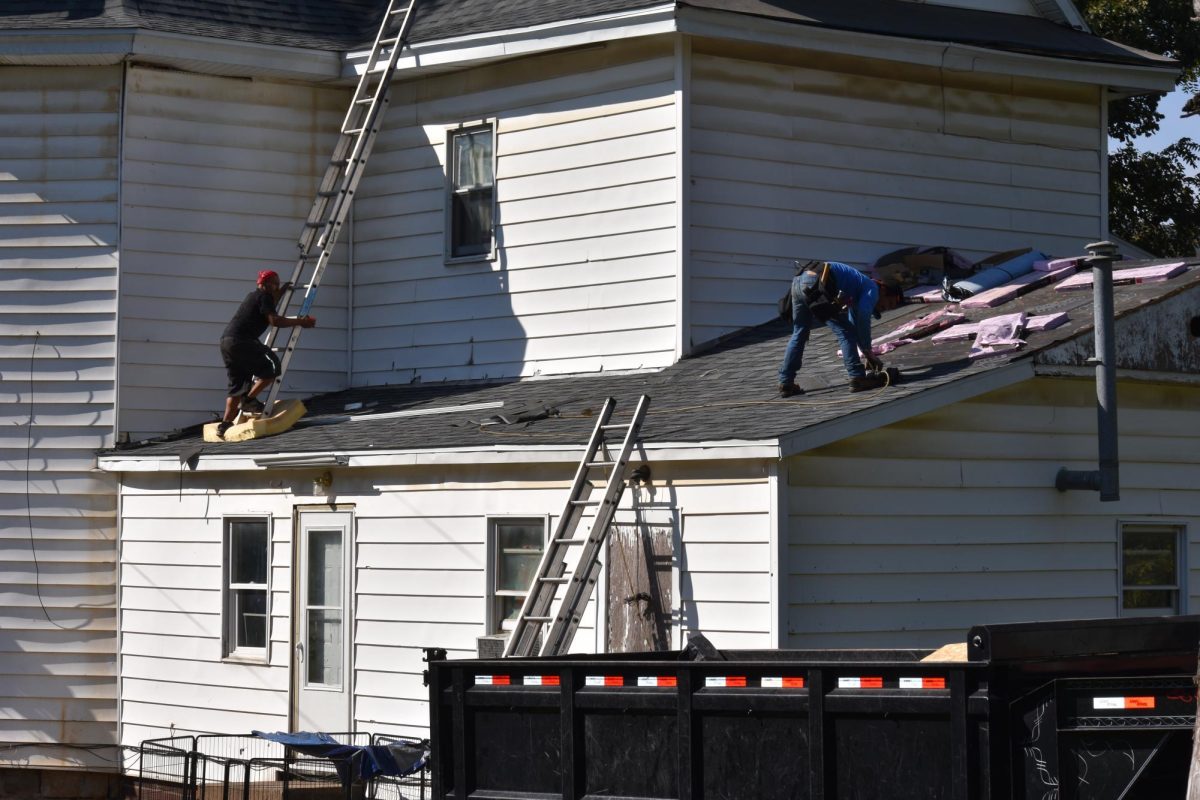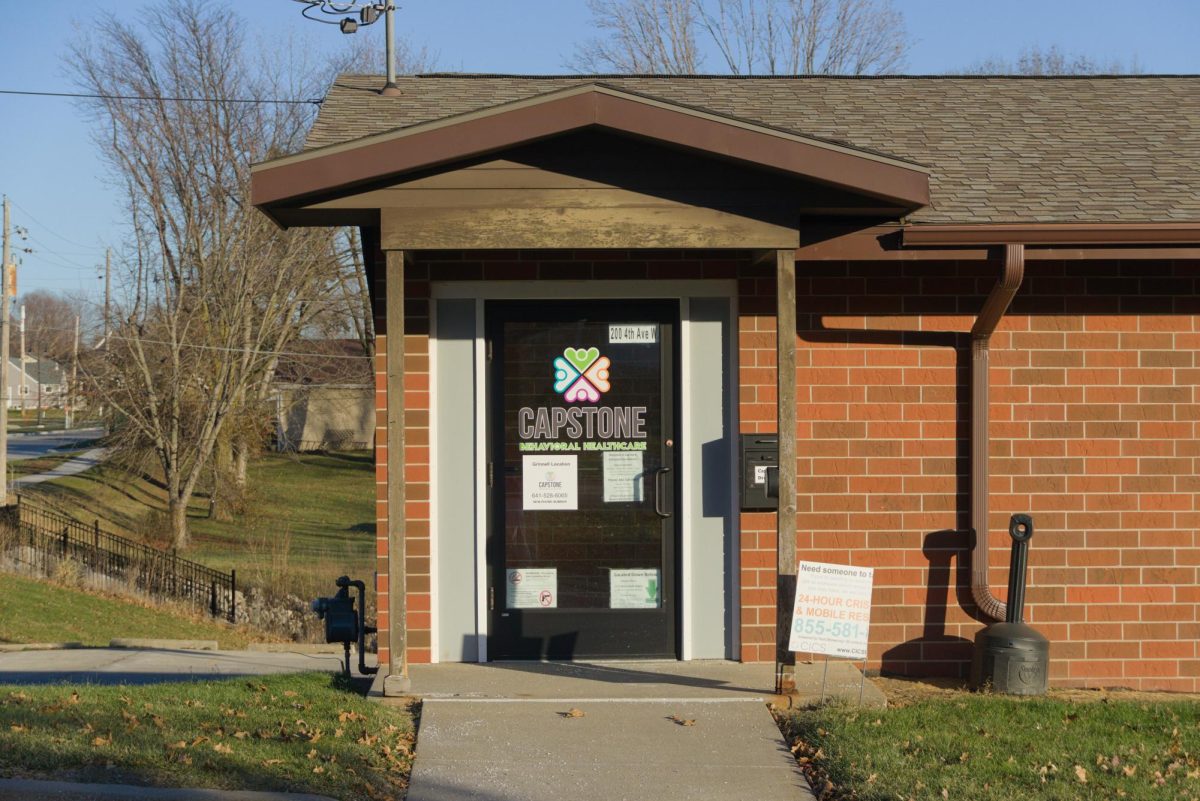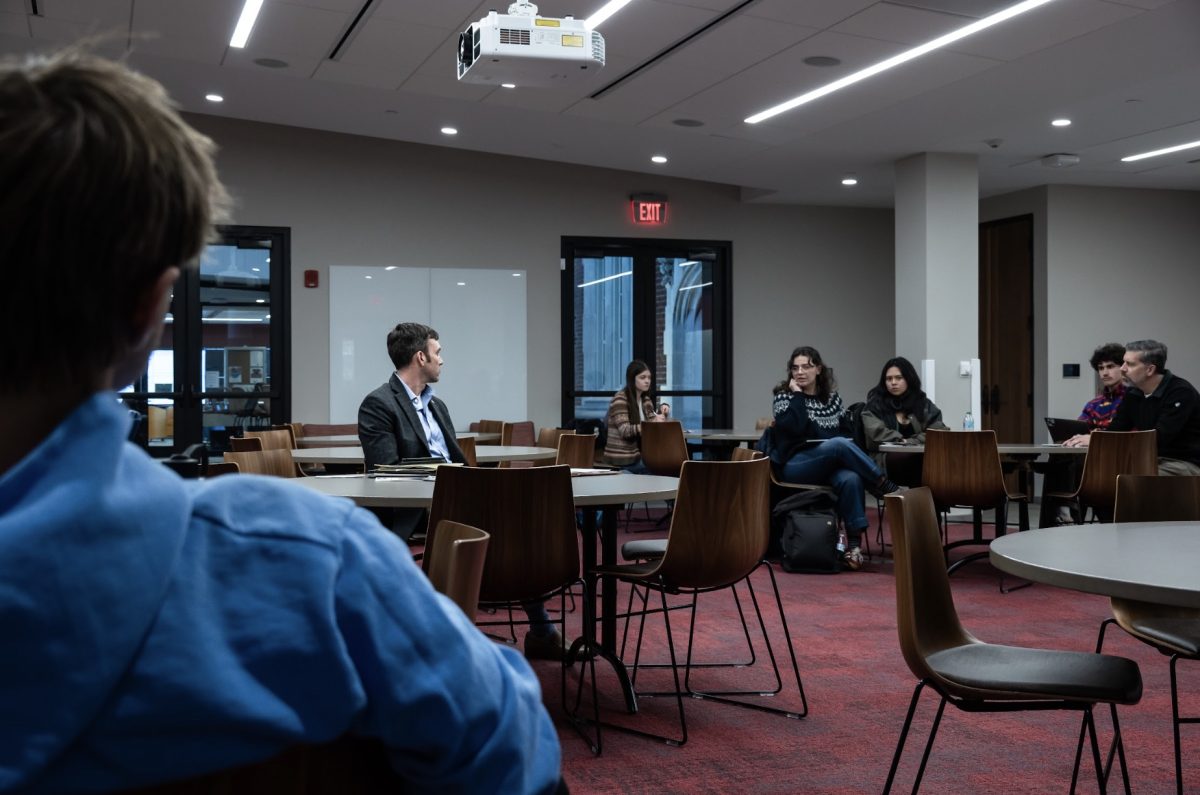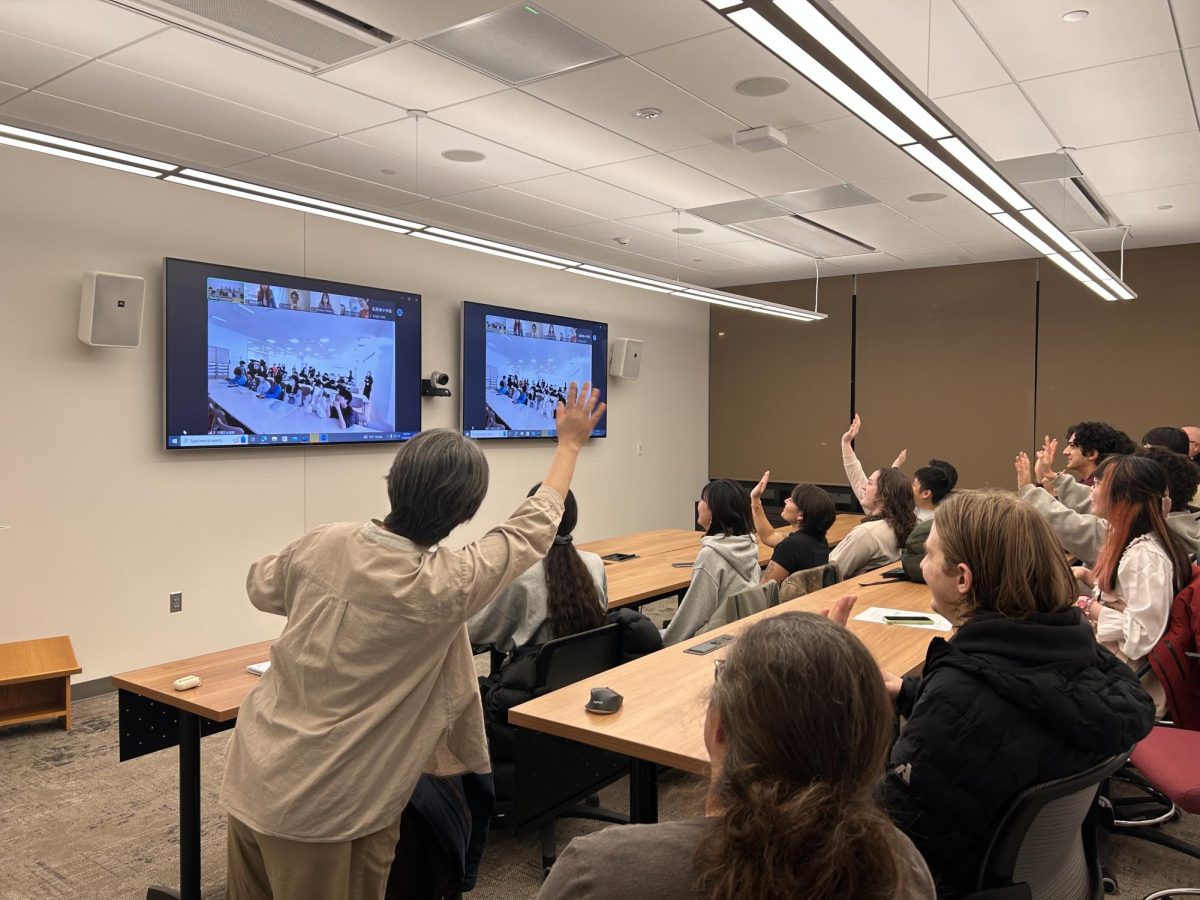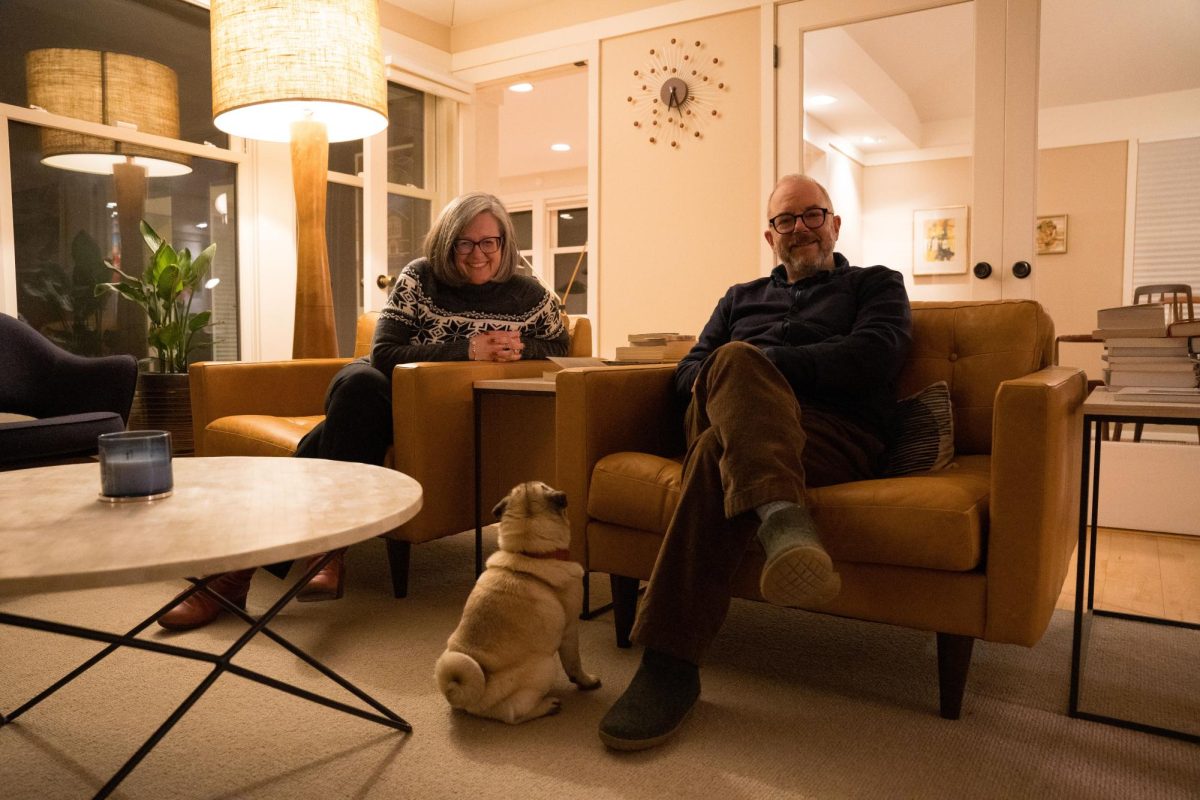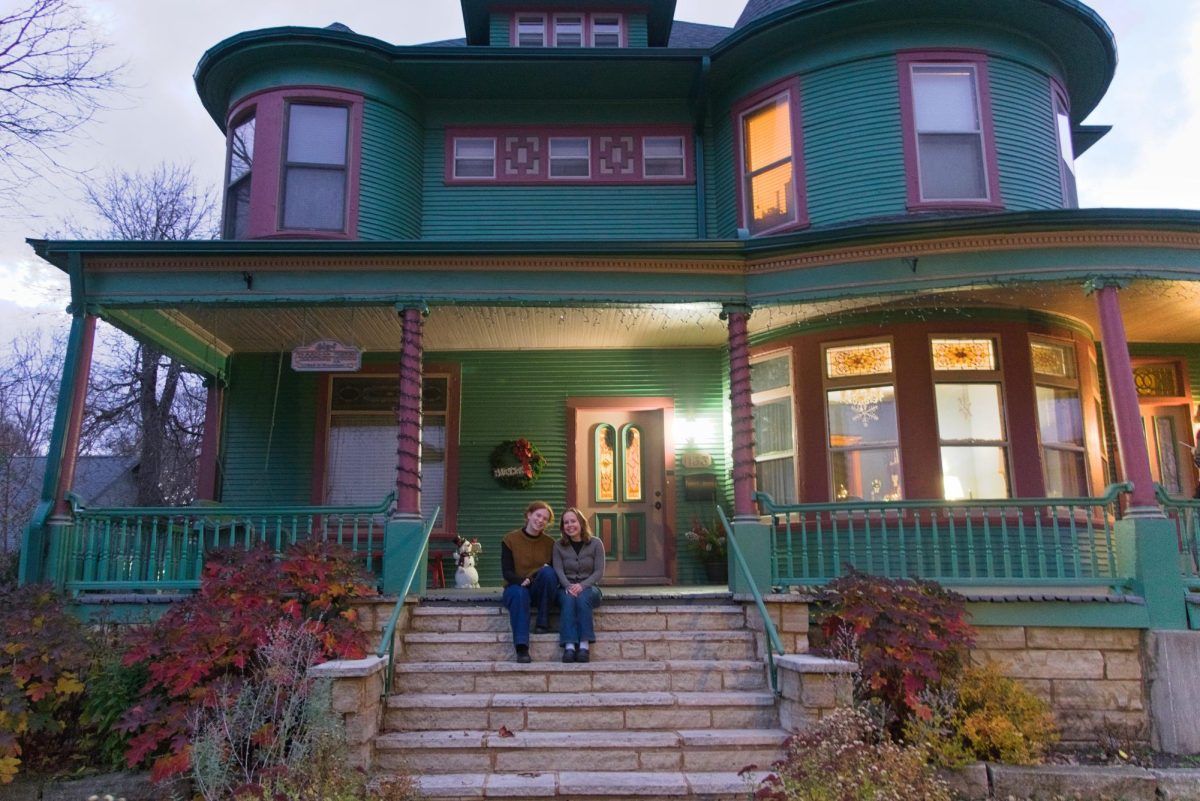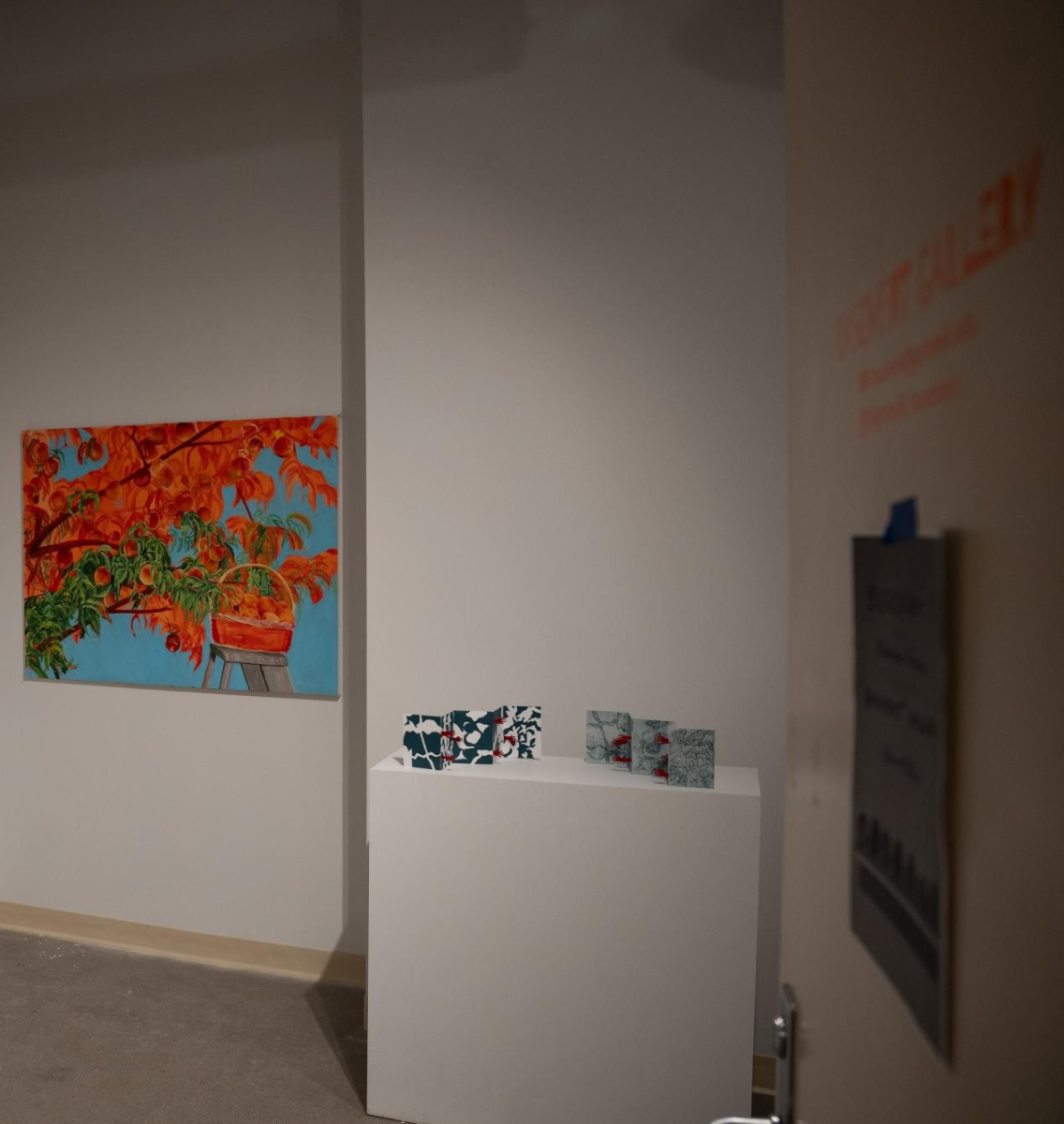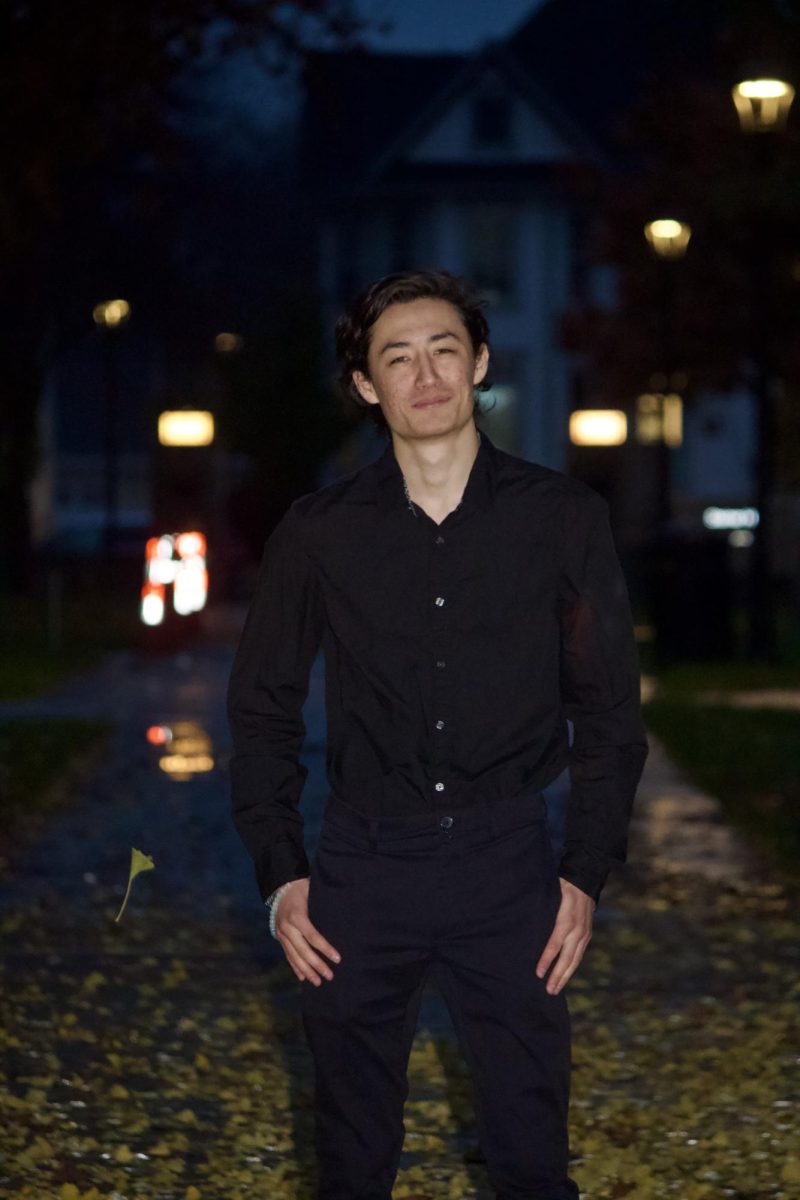Column by Emma Friedlander
When we allow our time to be guided by whatever video streaming takes our fancy, it’s easy to fall into a cavernous hole. Before you know it, you’re five hours deep into “Say Yes to the Dress” and floating in a pile of your own drool with nothing to show for it. So this week, I decided to be more responsible with my procrastination and watch a Netflix documentary.
I turned to Emily Ricker ’18, resident documentary expert, to guide my viewing experience. With no idea what educational film we would end up watching, we climbed onto her bed and started scrolling through the documentary subsection of Netflix. By the time I’d devoured roughly 30 Starbursts (my only measure of time), we still hadn’t chosen a flick. That’s the problem with Netflix: there’s so much to choose from, and most of it is utter garbage. As we perused the options, Ricker mentioned those she’d seen or heard of. Some were about Evangelists, some about vegan diets, some about animal rights or mental health policy—all extremely important, certainly, but way too heavy for me after discussing World War II cannibalism in history class for an hour.
Finally, we decided that, although we certainly wanted to educate ourselves, an entertainment spectacle never hurt either. We settled on “Queen of Versailles,” an acclaimed 2012 documentary that follows a billionaire family in the scariest place in the world: Florida. The filmmakers began production intending to portray an extreme but telling example of American wealth. The movie documents the Siegel family, comprised of former engineer and pageant queen Jackie, her elderly mogul husband David, their eight children and presumably thousands of dogs and lizards and nannies.
As the exposition is set, the viewer gets a clear but mindboggling idea of the Siegels’ lifestyle. David Siegel is using the profits from his timeshare business and political connections (he essentially admits to rigging George W. Bush’s election) to construct the largest single-family home in America, which they name Versailles. This is in addition to their current mansion, which is filled with gaudy family portraits and million-dollar purses and taxidermied former pets.
However, this ridiculous fanfare is more than a chance to ogle at corporate profligacy—it also vividly introduces the characters at play. Jackie at first comes off as the stereotypical frivolous “trophy wife” but is soon revealed to be highly dimensional. She’s a previous computer scientist who left her tech job for the pageant world and a wealthy marriage, thus climbing the ladder from a poor childhood to American royalty. Jackie is ultimately portrayed as an unwitting but caring wife and mother. Husband David is a shadier character—near-admittance to rigging the Bush election aside, he also preys on his timeshare clients to build his corporate empire and appears apathetic to his wife and children.
Their luxurious lifestyle comes crashing down when the 2008 financial crisis hits. The Siegels lose all of their assets and are divided by David’s preoccupation with his failing business and Jackie’s naïve inability to sacrifice her extravagant lifestyle. Meanwhile, the unfinished and unsellable Versailles burns a 100-million-dollar hole in the empty Floridian plane.
Much of the Siegels’ decline is still spectacle. As the housekeeping staff is severely reduced and the Siegels are forced to fend for themselves, the mansion becomes a junkyard filled with 18th century antiques and dead lizards. When they shrink the budget for their annual Christmas party, the last nanny standing is forced to don a Rudolph costume and entertain the guests. Versailles becomes increasingly dilapidated and ominous, creating increased tension among the family members as they fall further and further into crippling debt.
Beyond this disturbing but engaging display, however, the film also teaches us about the unhinged inner workings of American royalty. It’s easy to dismiss Jackie as an irresponsible trophy wife, but the movie portrays her as far more dynamic than that: kept in the dark by her husband, she’s disabled from helping her family and thus made the fool. Their financial strains bring out the worst in David: his apparent apathy for his family, his objectification of his wife and the ultimate consequences of his risky financial practices, not only for his family but thousands of Americans.
My consensus: We certainly shouldn’t feel too bad for the top one percent. However, by portraying true riches-to-rags story in real time, the documentary demonstrates the true fragility of the American dream. The film received rave reviews from critics, and beyond the pure entertainment spectacle it provides, also serves as a unique and engaging criticism of American materialism. Ricker and I also had a great time screaming about the stuffed dead pets.
